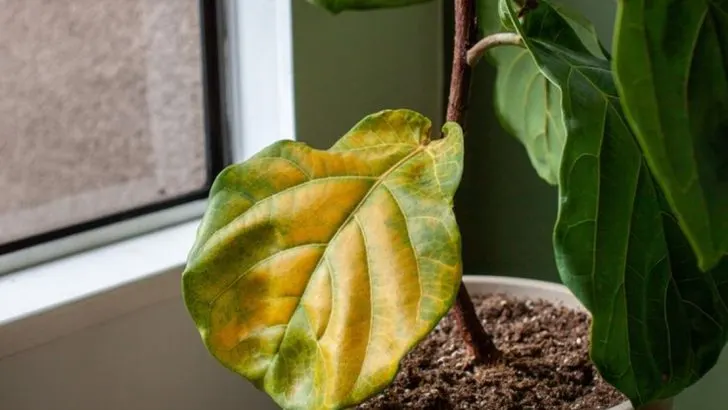You’ve picked the perfect plant, chosen a stylish pot, and set it in that empty corner… but instead of thriving, it’s drooping, yellowing, or just sitting there doing nothing. Sound familiar? The problem might not be the plant — it might be that corner. Believe it or not, some spaces in your home can quietly sabotage even the hardiest houseplants.
From subtle drafts to light levels that change throughout the day, many corners are micro-environments with hidden challenges. And unless you know what to look for, it’s easy to keep blaming the plant — or worse, replacing it over and over again.
In this article, we’ll uncover 10 sneaky reasons your houseplants might be struggling in that seemingly harmless spot — and show you exactly what to do to turn it into a plant-friendly paradise.
Lack of Light

In the battle between sunlight and shadows, shadows often win in that dim corner of your room. Houseplants, like all living things, crave sunlight to thrive. Without it, they may become leggy, reaching desperately for light, or their leaves could yellow and drop.
A quick fix is to move your plant closer to a window or invest in a grow light. Observing your plant’s response to different light levels can guide you to the perfect spot.
Consider rotating your plant periodically to ensure even light distribution and prevent one-sided growth.
Poor Air Circulation
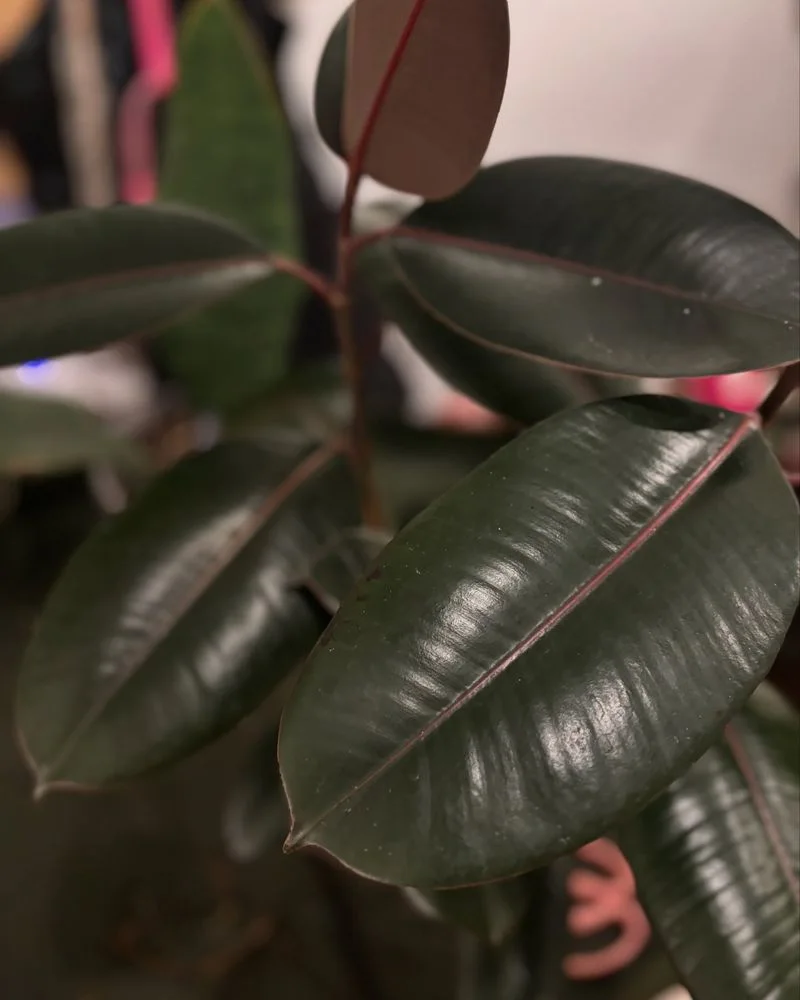
Trapped air can feel like a stuffy room for your plants. In corners, air may not circulate well, causing humidity to stagnate around your green friends. This lack of movement can hinder growth and even encourage mold or pests.
You might notice your plant wilting despite proper watering. Placing a small fan nearby or occasionally moving the plant to a breezier location can work wonders.
Keeping the air fresh and moving is key in ensuring your plant stays invigorated and healthy, much like it would in its natural habitat.
Temperature Fluctuations
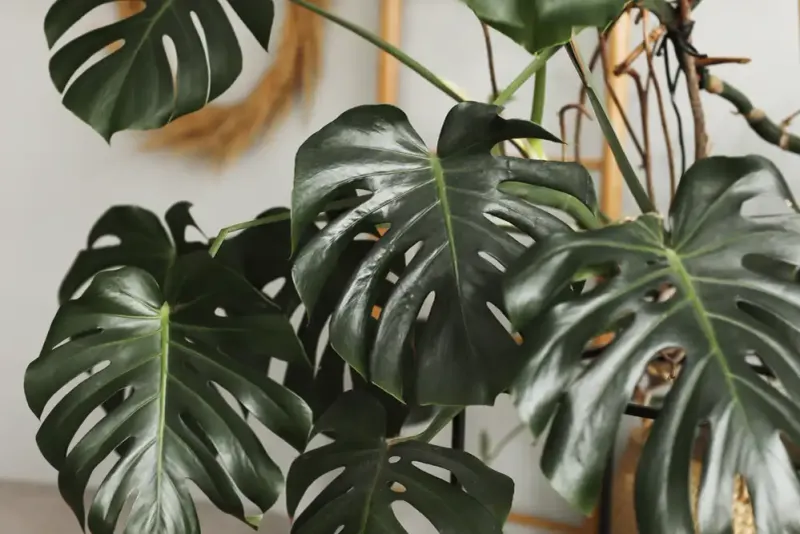
Temperature swings can be quite a rollercoaster for your plant. Corners near doors, windows, or heating units can expose plants to fluctuating temperatures. Such changes can stress the plant, leading to leaf drop or stunted growth.
Monitoring the temperatures and using draft stoppers or relocating your plant during extreme weather can mitigate these issues.
By maintaining a consistent temperature, you give your plant the stable environment it needs to flourish, much like a peaceful, undisturbed oasis.
Overlooked Watering

Out of sight can mean out of mind, especially for plants tucked away in corners. It’s easy to forget to water them regularly, leading to dry soil and sad-looking leaves.
A simple reminder on your phone or a designated watering day can help you stay on track. Checking the soil moisture regularly ensures your plant receives the hydration it needs.
Remember, consistent care and attention can revive even the most forlorn plants, bringing vitality back to their leaves and stems.
Too Much Traffic
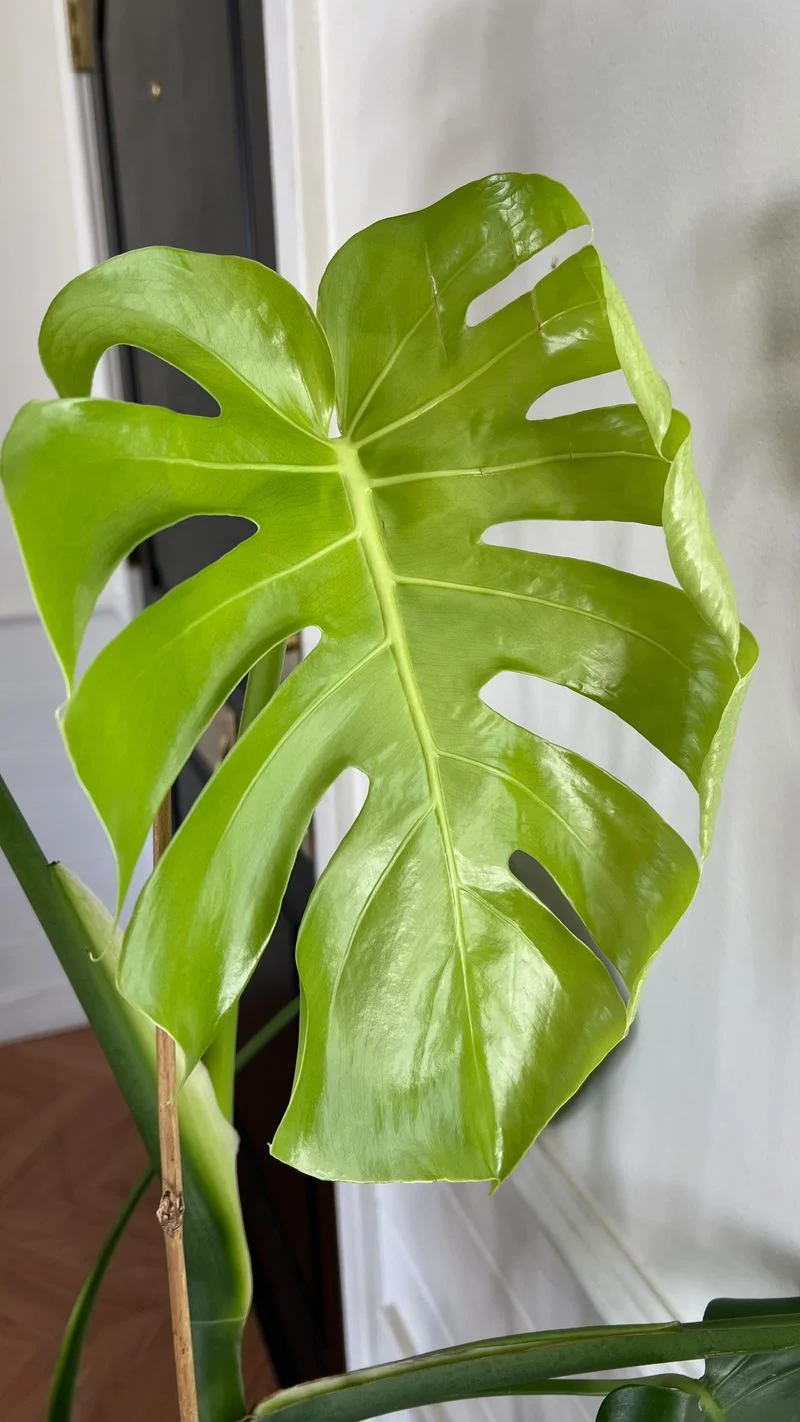
A high-traffic corner isn’t an ideal spot for sensitive plants. Constant movement around the plant can lead to stress, broken stems, or even soil disturbance.
Consider relocating the plant to a quieter area or using a plant stand to elevate it above the bustle. This change can shield it from bumps and provide a more peaceful setting.
Creating a calm, stable environment allows your plant the serenity it needs to grow strong and healthy in your home.
Inconsistent Humidity
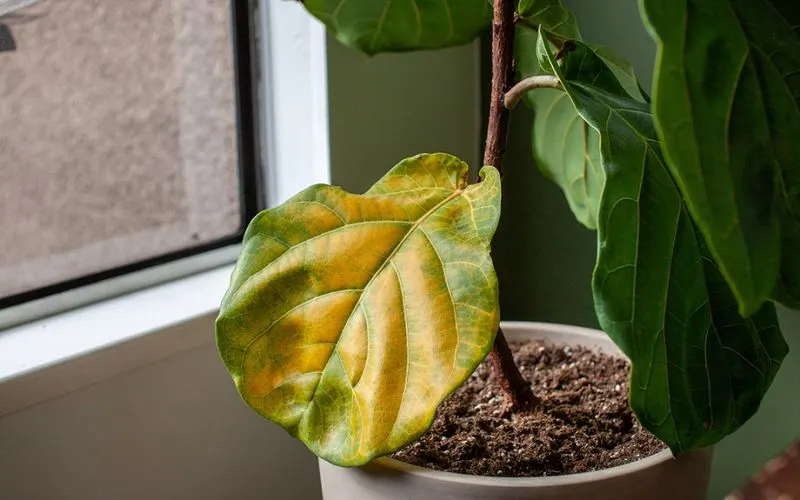
Humidity levels can be tricky to regulate in corners. Plants may suffer from dry air, especially if heaters or air conditioners are nearby. Such conditions can lead to browning leaf tips or shriveled leaves.
Using a humidifier or misting the plant occasionally can help maintain adequate humidity levels. Grouping plants together also creates a microclimate that retains moisture better.
Ensuring consistent humidity mimics their natural environment, allowing your plants to thrive as they would in the wilds of a rainforest.
Lack of Growth Space
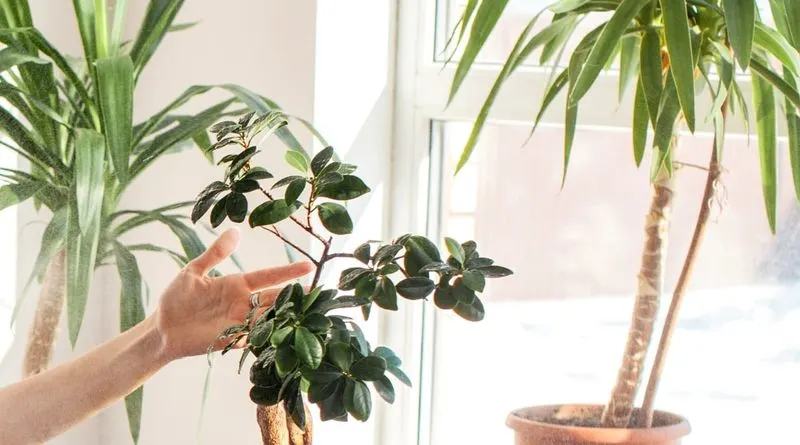
Corners can feel like tight spaces, limiting your plant’s growth. When leaves and stems press against walls, it stunts their development and distorts their natural shape.
Repositioning the plant or choosing a compact variety can solve space issues. Pruning back overgrown sections also helps maintain a manageable size.
By providing ample room, you allow your plant to spread its leaves freely, creating a more aesthetically pleasing and healthy appearance.
Proximity to Electronics
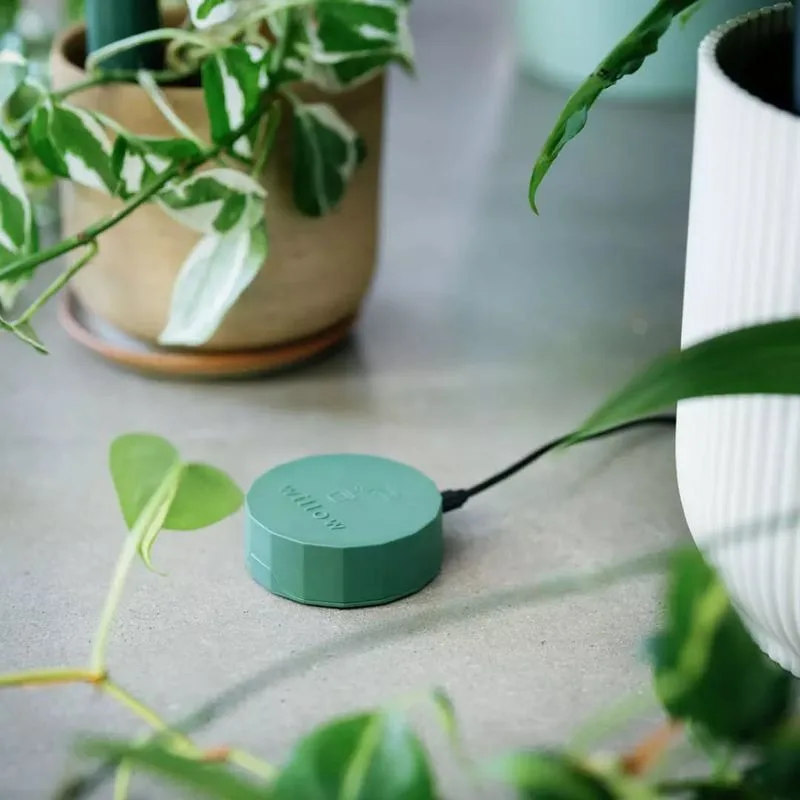
Electronics can be detrimental to your plant’s well-being. The heat and electromagnetic fields from devices like TVs or computers may not be visible but can impact their health.
Moving plants away from such electronics can prevent leaves from drying or wilting. It’s essential to create a distance between technology and greenery.
Your plant’s natural beauty and vibrancy thrive when unhindered by electronic interference, flourishing in a more organic setting.
Neglected Cleaning

Dust can settle unnoticed on leaves, especially in seldom-cleaned corners. This layer blocks sunlight and hinders photosynthesis, dulling the plant’s vibrancy.
Regular dusting or a gentle wipe with a damp cloth can rejuvenate its appearance and aid growth. It’s a small task with big benefits, clearing the way for light and air to nourish the plant.
Reviving your plant’s sheen ensures it continues to brighten your home with its natural charm and thriving presence.
Unsuitable Soil
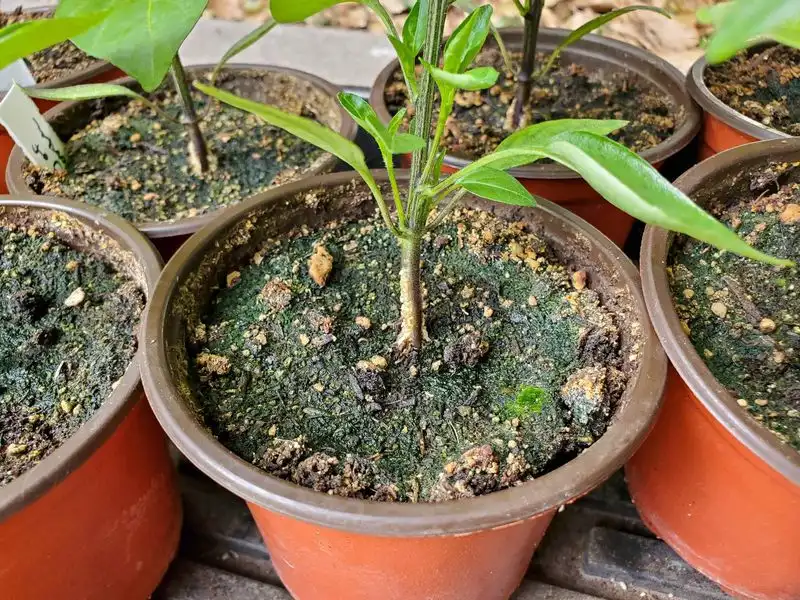
Soil quality can make or break a plant’s health. In corners, plants might be in unsuitable, compacted soil that doesn’t drain well, leading to root issues.
Repotting with fresh, suitable soil can enhance nutrient intake and improve drainage. Ensuring your plant’s soil matches its specific needs is crucial.
With the right foundation, your plant can flourish, displaying lush foliage and robust growth that captivates and complements your living space.

